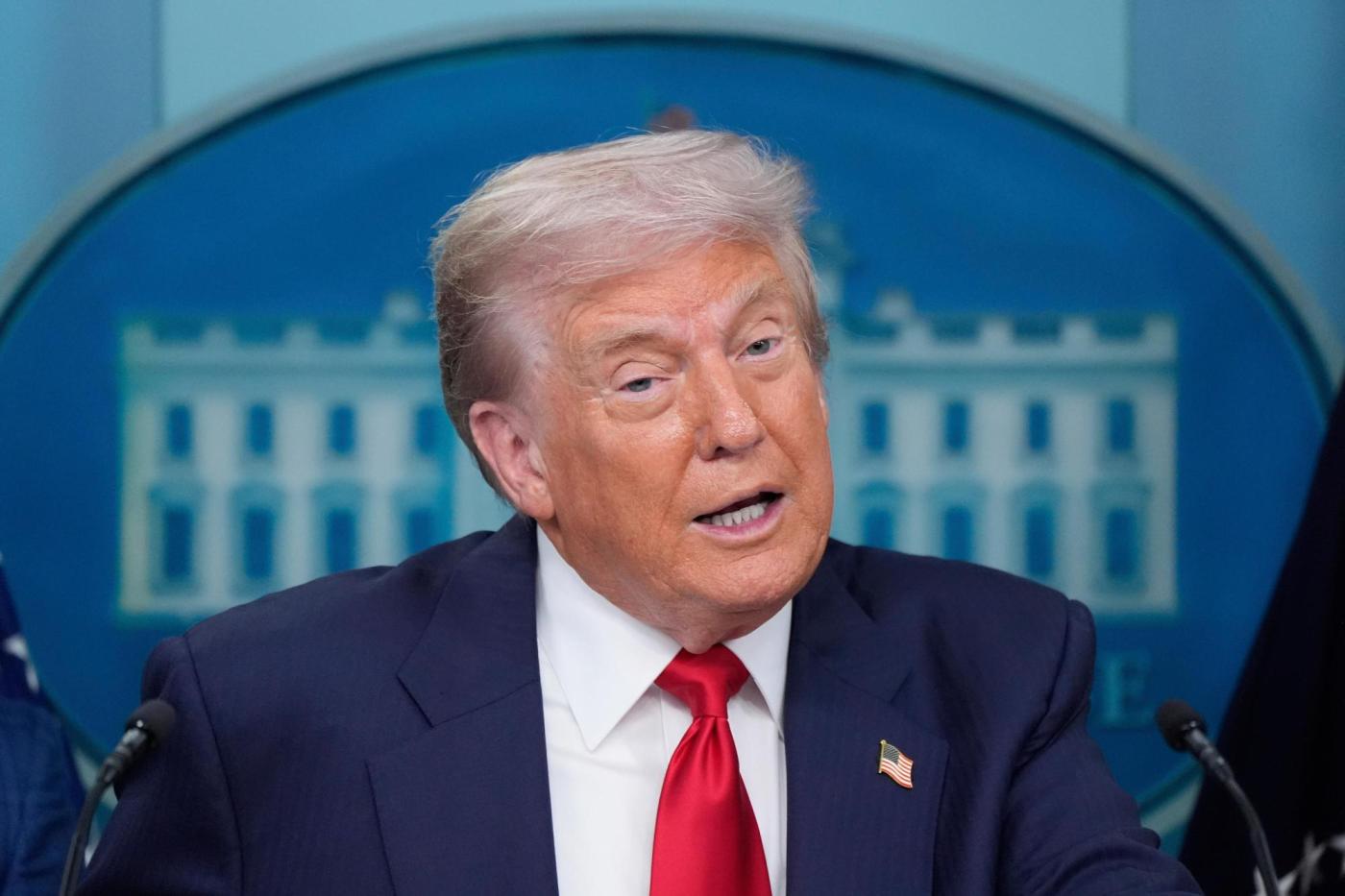President Donald Trump has announced his intention to issue an executive order aimed at ending mail-in voting for federal elections. This initiative has raised questions about the extent of his authority over election procedures, as the U.S. Constitution designates responsibility for election administration to Congress and state legislatures, specifically in Article 1, Section 4 and Article 2, Section 1.
Both major political parties have a history of manipulating electoral rules to their advantage, often prioritizing power over fairness. This has led to practices such as gerrymandering, which both Republicans and Democrats have engaged in when it serves their interests. Republican critics of mail-in voting argue that it benefits Democratic candidates, a claim that remains contentious. Interestingly, President Trump himself has opted not to use mail-in ballots. Conversely, many Democratic supporters of mail-in voting assert it is crucial for their electoral success, suggesting that both sides may lack principled stances on the issue.
Concerns over mail-in voting fraud have largely proven unfounded. The likelihood of an individual risking a felony for the slim chance that their vote could sway an election outcome appears negligible. Historical data offers insight into voting trends; in the 2016 election, approximately 21% of total votes were cast by mail, while this figure rose significantly to 46% during the 2020 election. In the upcoming 2024 elections, mail-in voting is expected to account for around 30% of all ballots cast. Interestingly, congressional elections have not shown the same partisan discrepancies related to mail-in voting.
A majority of U.S. states now permit no-excuse mail-in voting. Notably, eight states—California, Colorado, Hawaii, Nevada, Oregon, Utah, Vermont, and Washington—conduct elections primarily through mail, automatically sending ballots to every registered voter. These states illustrate a political spectrum, with Utah leaning Republican and California leaning Democratic, yet both advocate for mail-in voting.
States transitioning to universal mail-in voting have experienced increased voter turnout by approximately 2-3%, a trend that can marginally favor Democratic candidates. This was evident in the 2020 election when Trump lost three states by narrow margins of less than 0.7% of the vote. While voter fraud is universally condemned, evidence of its occurrence remains minimal, with no substantial proof that any electoral outcome has been influenced by fraudulent votes.
In December 2020, then-Attorney General William Barr stated that the Justice Department had not found credible evidence linking electoral fraud to the presidential election results. This perspective raises the question of whether Trump should reconsider his campaign against mail-in voting. Instead, focusing on mobilizing the millions of Republicans who do not participate in elections, whether by mail or in person, could yield significant benefits. Engaging these potential voters may prove more effective than the current fixation on mail-in ballots, which some argue diverts attention from more pressing electoral strategies.
In summary, while the debate surrounding mail-in voting continues, it is essential to recognize the complexities and motivations that drive both major parties. A focus on increasing voter turnout and engagement may offer more fruitful avenues towards achieving electoral success.
